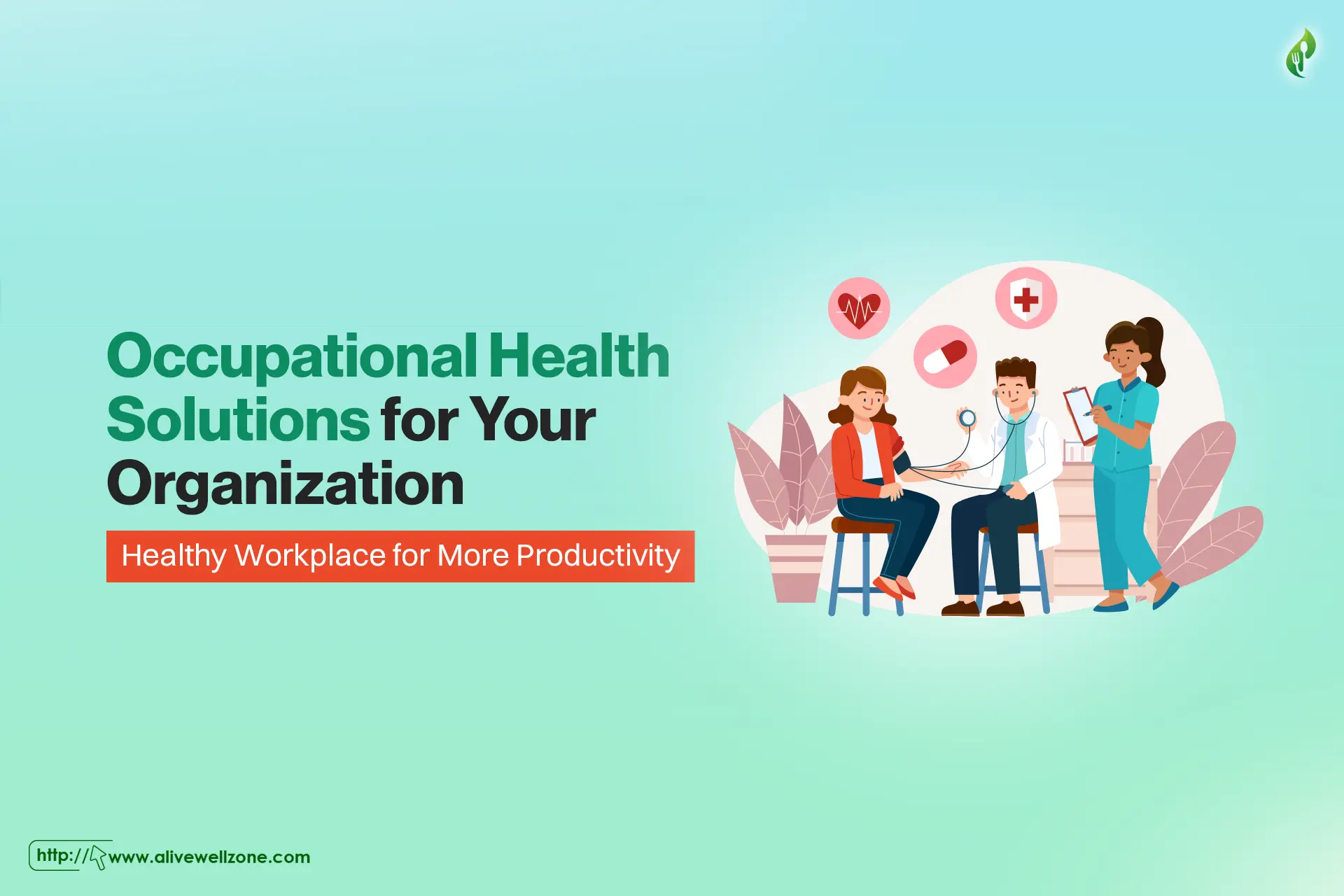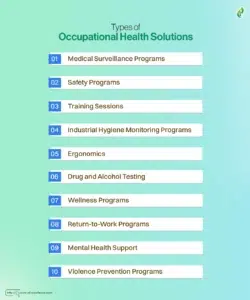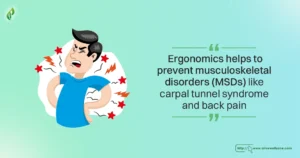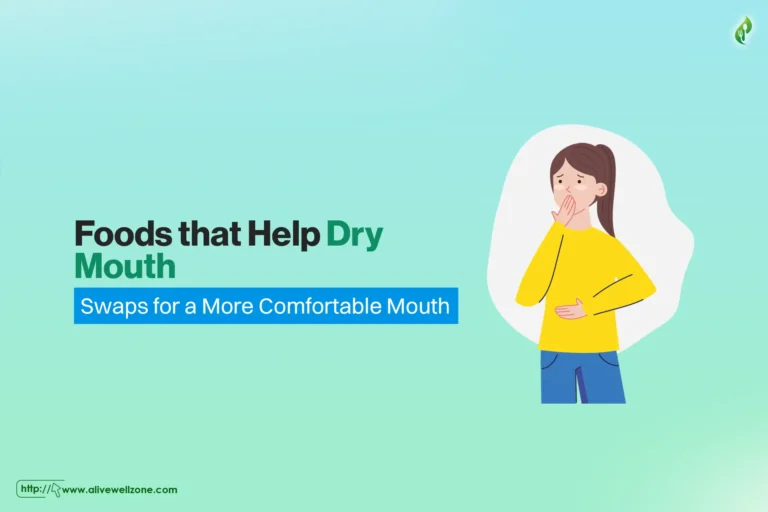
Last Updated on November 14, 2024 by Helena Akter
Workers are the core of our communities and economies. But is there any system that cares for their health and wellbeing? Occupational Health Solutions (OHS) is a one-stop service provider for health and safety management in the workplace.
These are a comprehensive set of services for your organization. They offer a variety of services, including drug & alcohol testing, medical monitoring, and wellness programs. Their goal is to keep your business compliant with regulations.
In fact, OHS can also help to reduce work injuries and keep your employees happy and healthy. So, find out more about the types of occupational health solutions and why they’re important for you!
Why Do You Need Occupational Health Solutions?
Occupational health management involves health and safety creating a win-win situation for everyone involved. That said, the following are the benefits for both employers and employees.
Employers
OHS programs can significantly lower expenses related to workplace injuries and illnesses. Healthy employees miss fewer workdays. It means better productivity and lower costs associated with covering empty positions.
A safe and healthy work environment fosters a happier, more engaged workforce. When employees feel valued and cared for, they’re more likely to stay with the company.
Employees
OHS provides resources and programs that encourage healthy eating habits, stress management, and fitness programs. Knowing their employer prioritizes their well-being gives employees a sense of security and reduces work-related stress.
Types of Occupational Health Solutions
The specific work well occupational health required will vary depending on the nature of your workplace and its associated risks. OHS providers work with you to develop a customized health and safety program that ensures a safe and healthy working environment.
However, here are some common services –

1. Medical Surveillance Programs
Medical surveillance programs involve regularly monitoring employee health to identify early signs of work-related illnesses. These programs may include —
- Regular physical checkups to identify potential health concerns that could be work-related.
- Assessing lung function for employees exposed to dust or other airborne contaminants.
- Checking for potential exposure to chemicals or other toxins.
2. Safety Programs
OHS professionals play a vital role in creating a safety-first culture within your organization. They help to develop and implement safety programs. These can identify and mitigate potential hazards in the workplace.
These programs may include –
- Identifying potential safety risks specific to your industry and work environment.
- Establishing clear guidelines for how tasks should be performed safely and efficiently.
- Creating comprehensive plans for emergencies, like fire drills, evacuation procedures, and first-aid response protocols.
3. Training Sessions
If you’re worried about whether or not your employees will be able to learn the safety protocols, OHS also has training programs for that!
OHS training programs will ensure that –
- Employees understand the importance and proper use of PPE such as goggles, respirators, or safety footwear.
- Workers know how to identify potential hazards in their work area and take steps to avoid them.
- Clear protocols are established for reporting accidents and near misses to prevent future occurrences.
4. Industrial Hygiene Monitoring Programs
Industrial hygienists specialize in identifying and controlling workplace hazards related to the environment. These hazards could include —
- Toxic fumes, dust, solvents, and other chemicals which can cause respiratory problems, skin irritation, or poisoning.
- Noise, vibration, extreme temperatures, and radiation, all of which can lead to various health issues.
- Bacteria, viruses, fungi, and other biological agents that can cause infection or illness.
Industrial hygienists design and implement exposure monitoring programs to ensure employees are not being exposed to harmful levels of these hazards. This may involve air quality sampling, noise level assessments, and biological monitoring.
5. Ergonomics
It focuses on optimizing the way work tasks are designed and performed. Moreover, ergonomics helps to prevent musculoskeletal disorders (MSDs) like carpal tunnel syndrome and back pain.

OHS professionals with expertise in ergonomics can help you—
- Evaluate and redesign workstations to ensure they promote proper posture. These can also help to minimize strain on muscles and joints.
- Advice on proper lifting techniques and breaks for prolonged sitting. You’ll also learn to adjust to prevent repetitive strain.
- Conduct assessments to identify ergonomic risk factors in specific work tasks.
6. Drug and Alcohol Testing
Drug and alcohol testing programs can help prevent substance abuse in the workplace and ensure a safe work environment for all employees. Testing programs can be implemented in various ways.
Organizations can do pre-employment screening, random testing, or reasonable suspicion testing.
7. Wellness Programs
A healthy workforce is a happy and productive workforce. OHS can contribute to this by promoting healthy lifestyles through wellness programs. These programs may offer —
- Blood pressure checks, cholesterol checks, and other screenings to identify potential health risks early.
- On-site flu vaccinations or other immunizations to help prevent illness among employees.
- Programs that promote healthy habits for positive lifestyle like smoking cessation, weight management, or stress reduction.
8. Return-to-Work Programs
When an employee is injured or becomes ill, it’s crucial for them to safely return to work as soon as possible. OHS services can help with this transition through:
- Work capacity evaluations can help to determine an employee’s ability to perform the essential functions of their job. This can be with or without reasonable accommodations.
- OHS professionals work with medical professionals and employers to develop personalized return-to-work plans. It may involve modified duties, gradual return-to-work schedules, and ergonomic assessments of the employee’s workstation.
9. Mental Health Support
Mental health is a vital aspect of overall well-being. OHS can offer resources like confidential counseling services, employee assistance programs (EAPs), and stress management workshops. It’ll help to support employees struggling with mental health challenges.
10. Violence Prevention Programs
Unfortunately, violence can occur in some workplaces. OHS professionals can help develop violence prevention programs that prevent workplace bullying. These can be de-escalation techniques and protocols for reporting and responding to violent incidents. You can even learn conflict resolution techniques to avoid violence.
Final Words
Occupational health solutions are the best way of caring for your employees and increasing productivity. Initiatives like wellness programs, drug and alcohol testing, and industrial hygiene can positively impact the overall well-being of your employees and the company itself.
Overall, investing in OHS is a win-win. Your employees feel valued, your business thrives, and everyone benefits from a healthier, happier work environment!







